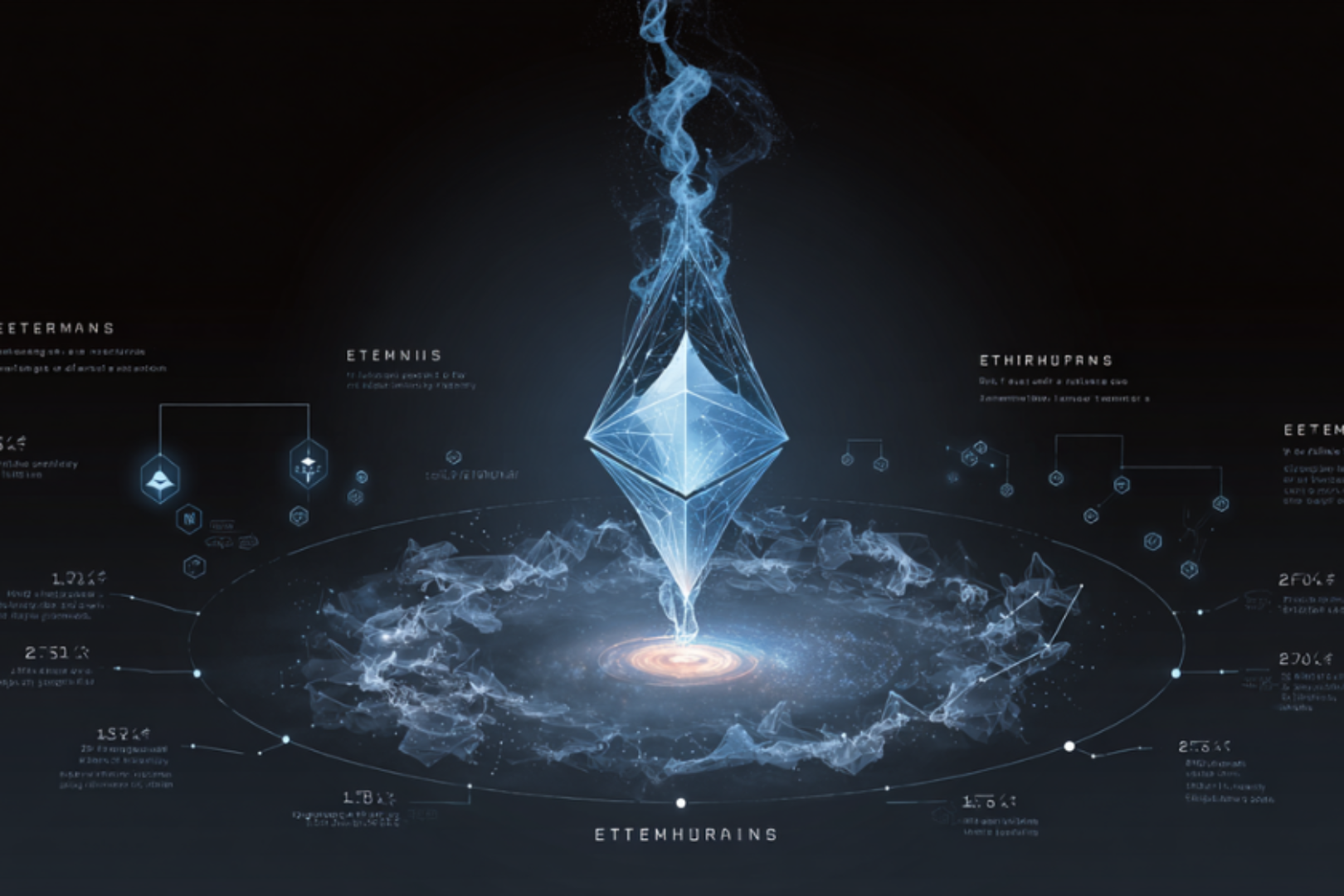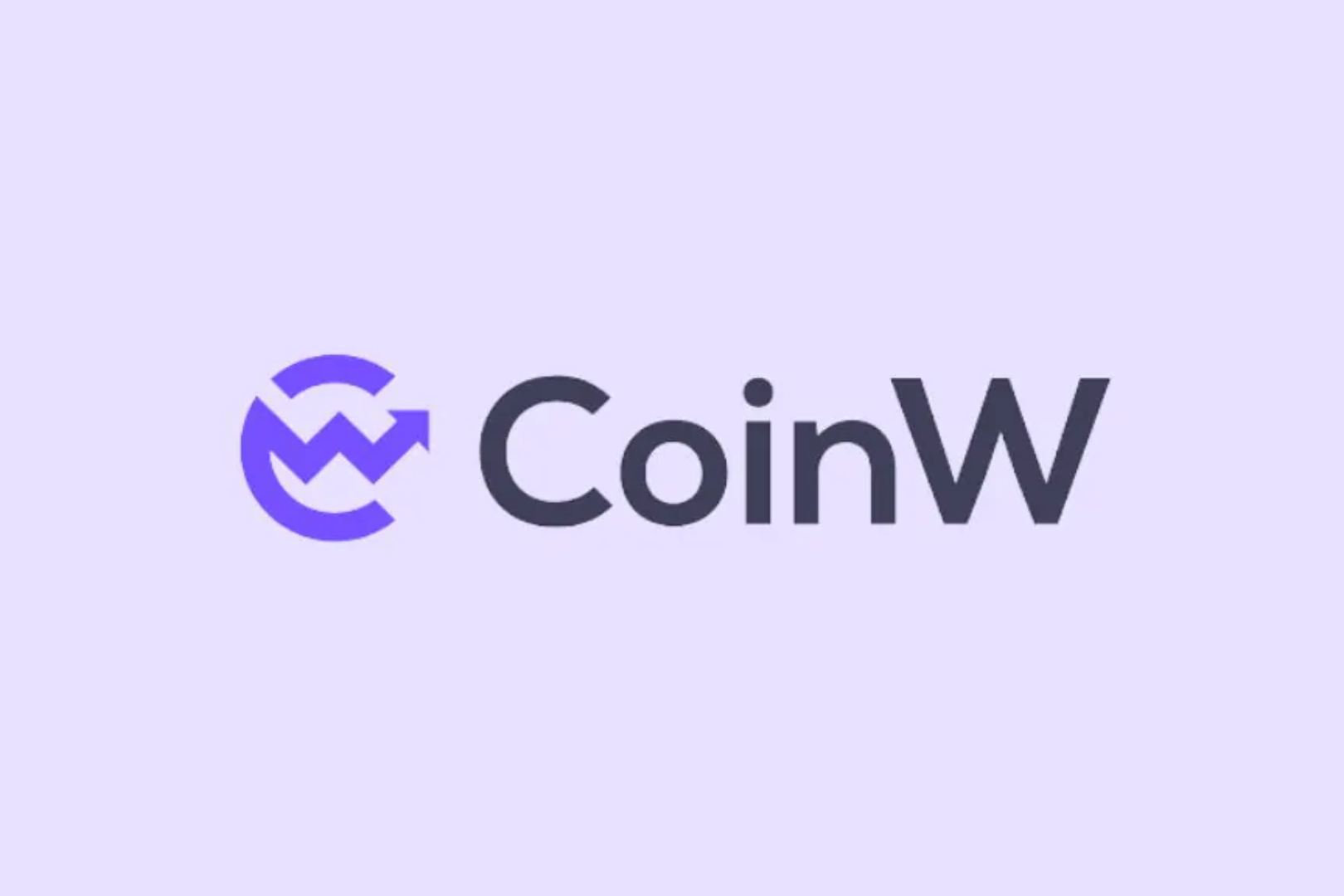
Polkadot is a well-known public chain in the industry with a high reputation. The Polkadot mainnet was officially launched at the end of May this year, and it has not yet been fully "available".
The most important node of Polkadot at present is the launch of the parachain,Only after the parachain goes online, the Polkadot network can run applications. The current Polkadot network can only perform some basic functions such as staking, block generation, and transfer. Therefore, the launch of the parachain is very important to Polkadot.
At present, many projects in the Polkadot ecosystem have completed code development and auditing work, and they can go online directly after the parachain goes online. Investors are looking forward to a big market for DOT/KSM during the slot auction .
Judging from the current news, the Rococo v1 test network will be launched before Christmas, and the official launch of Rococo v1 will mean that the slot auction will officially kick off.first level title
1. What is Polkadot?
Polkadot was founded by Gavin Wood, the former CTO of Ethereum, and is committed to becoming a cross-chain network for Web 3.0 infrastructure.
The reason for Polkadot is to solve the low performance problem of Ethereum, using the relay chain and parachain expansion scheme. In the Polkadot network, all blocks submitted by the parachain are verified by the relay chain nodes, and the relay chain is responsible for the finality of the parachain. The following picture shows the core concept of Polkadot:

first level title
2. Why is the slot important?
Due to the limited network resources, parallel chains cannot be accessed without restrictions. Polkadot has designed 100 slots for parallel chains, and the way to obtain them is through auctions. Only by obtaining the slot can you stably access the Polkadot network and enjoy the security of the main network.The essence of the slot is the right to use the Polkadot network. The slot period is 6 months, and one auction can obtain the right to use for up to 2 years.
Each chain can design its own structure according to needs, and at the same time enjoy the same security as the Polkadot mainnet. Many parachains have been designed as smart contract platforms, attracting project parties who do not want to bid for parachains to build applications on their own chains, thus forming their own small ecology within the Polkadot ecology.At this level, the importance of slots is even more prominent. Because slots may allow parachains to form their own ecology and realize their own network effects.
first level title
3. Steps of slot auction
Launch Rococo v1 and wait for its stable operation;
Launch Rococo v1 and wait for its stable operation;
Open the auction on Polkadot; launch the parachain that successfully bid on Polkadot.
Open the auction on Kusama;
Launch the successful parachain on Kusama;
(After the audit is completed) launch Polkadot's public interest parachain;
Open the auction on Polkadot; launch the parachain that successfully bid on Polkadot.
The Kusama mentioned above is Polkadot's leading network, which has an independent organization and community, and is an independent blockchain with real value. Kusama is the leading network of Polkadot. New functions and features that appear on the Polkadot network will be launched on Kusama first, and the same is true for slot auctions. Just because the slot auction will be held on Kusama first, it is expected that the performance of Kusama's secondary market has been good under the blessing.
At the press conference of Polkadot parachain test network Rococo V1 on November 17, the official news revealed that Rococo V1 is expected to be launched on the test network on Christmas Eve.
At Polkadot's official Decoded conference, Parity core development engineer and Polkadot co-founder Robert Habermeier revealed:
It is expected that the parachain will release the parachain testnet in January 2021, and "product-level delivery" is expected to be achieved in February 2021.
The parachain testnet released in January mentioned here is the first phase of the six phases mentioned by Gavin Wood, the launch of Rococo V1.
first level title
4. Will too expensive slots affect ecological development?
Since the early slots will have a huge advertising effect, they can be very expensive.
Slots are not available for bidding at any time, but are released at a rhythm of several weeks. As the number of releases increases in the later period, the price of slots will decrease compared to the previous period. At the same time, the slot price is closely related to the development status of the Polkadot network. If the development of the Polkadot network is booming, it is possible that the slot will continue to remain high.
But not all projects want to spend a lot of money to bid for slots. What about these projects?
In fact, for some non-financial businesses, it may not be very suitable to bid for slots on the Polkadot mainnet, and the relatively cheap Kusama network may be a better choice.
Secondly, if it is some business that does not require frequent interaction, using parachain threads will be a more cost-effective choice. Parachain threads can also access the Polkadot mainnet, but they don’t have fixed positions like parachains, and the payment mode is pay-as-you-go. When there is business, it is necessary to link to the main network and pay fees.
There are also some project parties who only want to do applications and do not want to do chains, they can choose to build parachains that have been connected to the Polkadot mainnet. Judging from the current news, many parachain projects are designed as a platform model, and the applications that come to build are very welcome. This will help the parachain to form its own ecology and increase user coverage. Why not do it?
first level title
5. What are the risks and opportunities of slot auctions?
Slots are expensive, and it is difficult for project parties to bid alone on their own. Polkadot officially designed a special bidding system, so that other users can help the project party to bid together.
In order to achieve the purpose of bidding, many project parties have come up with their own tokens to encourage community users to participate in the bidding. The DOT/KSM that users participate in the auction will be locked for 6-24 months, and the project party will generally design different incentive shares for different locking periods.
Users who participate in the auction mainly face opportunities and risks. Users who do not participate in the auction can obtain the staking income of the system and other investment opportunities. And if the participating projects do not develop well, the token rewards they receive may not be as much as those obtained by staking.
first level title
6. Who are the important players?
In the slot auction, in addition to the project party and its community, exchanges, institutions, and Polkadot officials will also be very important participants. After all, there are only a small number of coins in the hands of retail investors, and not all of them will be used to participate in the auction, so who can get the support of institutions, exchanges or even the official may have an important impact on the auction.
At present, many projects have indicated that they want to participate in slot auctions, such as Acala, Chainx, Bifrost, Darwinia, Stafi, Phala, SORA, etc. In fact, these are often officially named projects in public channels, and they are also technically similar to wave Card officials are closer.
At present, according to the public channels, these projects have more or less announced some incentive plans, but due to competition needs, at this time point, no detailed plans have been announced.
secondary title
Acala

Acala is currently a well-known project in the Polkadot ecosystem. It wants to become the core of Polkadot DeFi, mainly including stable currency issuance, DEX, and DOT/KSM liquidity release business. The Acala team is strong, the investors are extremely luxurious, and the community building is also very good.
secondary title
Chainx

ChainX is the earliest Substrate chain in China, and the mainnet was launched very early. ChainX wants to become a cross-chain hub for digital assets, and has been doing digital asset cross-chain business.
According to public information, ChainX plans to use 15-20% of the council fund and the entire network computing power (which can dig out ChainX's native token PCX) to motivate supporters.
secondary title
Darwinia
Similar to ChainX, Darwinia is also a cross-chain project, but Darwinia's cross-chain direction covers a wider range, including not only the cross-chain of assets such as ETH we often say, but also the cross-chain of game assets and non-standard assets. Application chain cross-chain and other services.
secondary title
Bifrost
Bifrost is a DeFi protocol that focuses on the release of pledged asset liquidity. Bifrost has already launched the liquidity release business of ETH 2.0 Staking, and it will also provide liquidity release business for slot auctions. When users use Bifrost's services, they can obtain bidding rewards and liquidity at the same time, which will increase users' enthusiasm for participating in bidding.
secondary title
Stafi
The business of Stafi is similar to that of Bifrost. It has launched the main network and released a cross-chain bridge for the Ethereum network. It also recently released the ETH 2.0 Staking liquidity solution, but it has not yet launched.
secondary title
Phala

Phala is the privacy infrastructure on Polkadot, and is currently a well-known player on the Polkadot ecological privacy track.
secondary title
SORA
SORA is a Polkadot-based chain, and Polkaswap is a DEX based on SORA. Although SORA is not well-known in China, it is a project worthy of attention.
The SORA team is strong, and the developed Polkaswap is also unique in design.7. Summary
7. Summary
This article tries to use concise language to give you an overview of the Polkadot parachain auction. The above is the key content of the Polkadot parachain slot auction.
In the slot auction, the liquidity release business provided by Acala and Bifrost is a bright spot in the fierce battle, which will provide additional help to users participating in the auction and encourage more users to participate in the auction.
Judging from the current progress, the product-level delivery realized in February may be the launch of the public welfare parachain. As for how long the interval between the public welfare parachain and the auction is, it is still uncertain, but it will not be a long wait.
Disclaimer: This article is the author's independent opinion, does not represent the position of the Blockchain Institute (public account), and does not constitute any investment opinion or suggestion.
Further reading:
1. "How to quickly understand the fiery Polkadot?" This Getting Started Guide is Worth Bookmarking »
2. "Overview of Polkadot's 9 Popular DeFi, Who Has More Potential?" Who could be the pit? "
-END-
Disclaimer: This article is the author's independent opinion, does not represent the position of the Blockchain Institute (public account), and does not constitute any investment opinion or suggestion.




